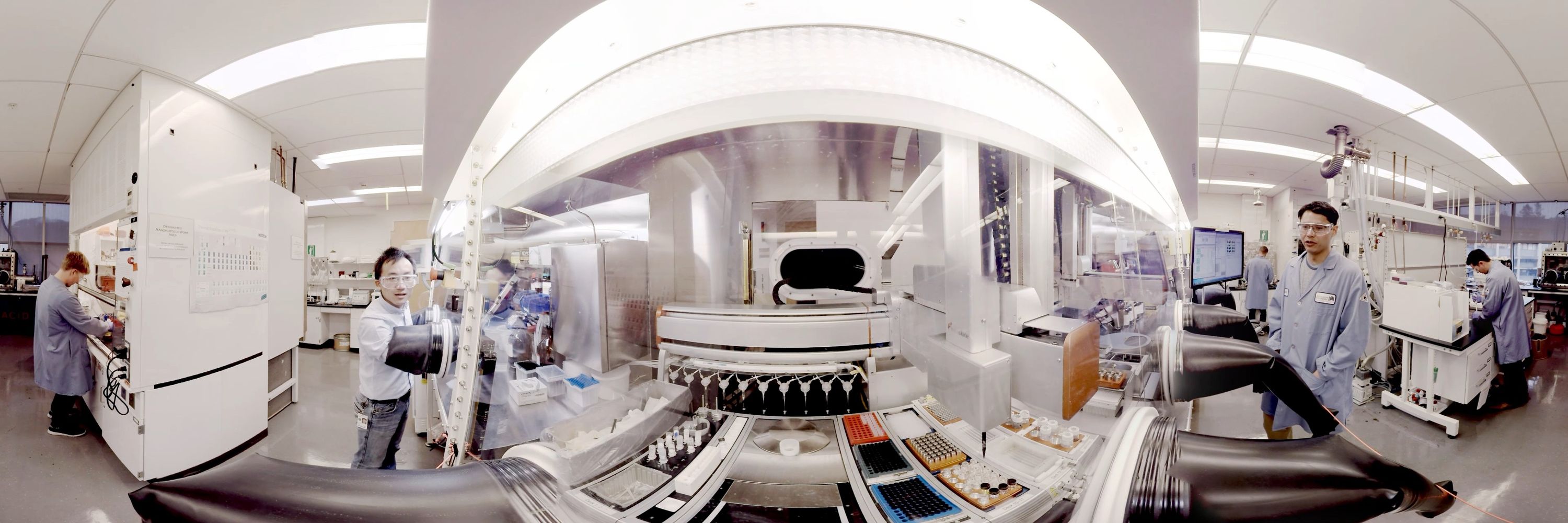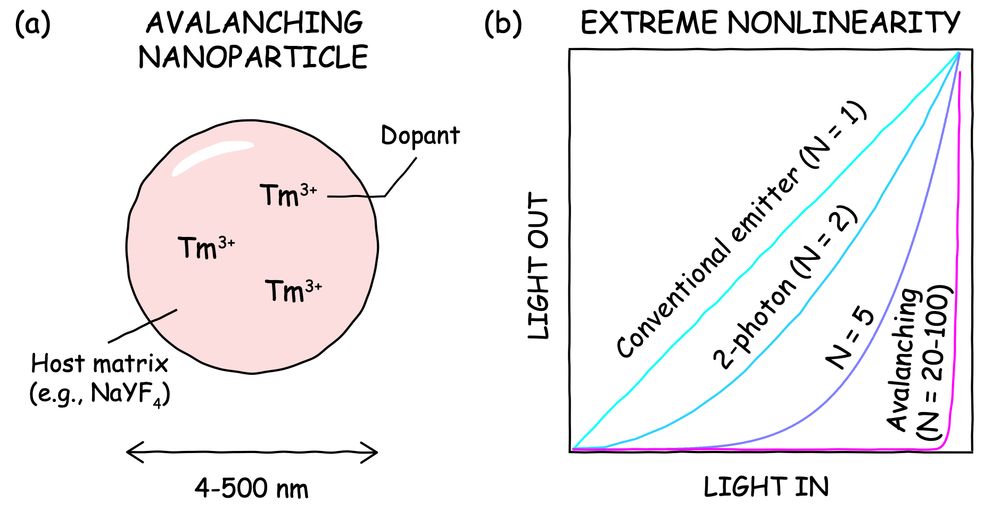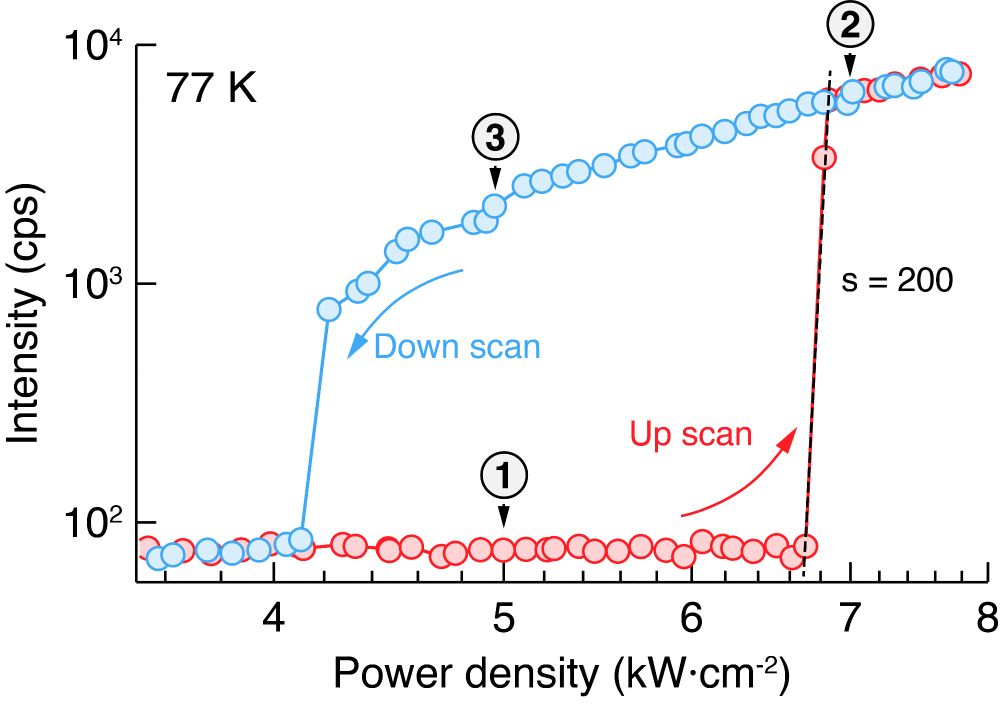
https://combinano.lbl.gov
@molecularfoundry.bsky.social
@berkeleylab.lbl.gov
drive.google.com/file/d/1Qcof...

drive.google.com/file/d/1Qcof...


Here are my Top 10 tips for writing a Foundry proposal (due March 27th!).
These #ProTips should be relevant for most user facilities! 🧵

Here are my Top 10 tips for writing a Foundry proposal (due March 27th!).
These #ProTips should be relevant for most user facilities! 🧵
Special thanks to co-*author @askripka.bsky.social!
RSC: pubs.rsc.org/en/content/a...
Open access: doi.org/10.26434/che...

Special thanks to co-*author @askripka.bsky.social!
RSC: pubs.rsc.org/en/content/a...
Open access: doi.org/10.26434/che...



Myth #3: The giant nonlinearities of ANPs (>30) must mean they have huge anti-Stokes shifts and tiny quantum yields.

Myth #3: The giant nonlinearities of ANPs (>30) must mean they have huge anti-Stokes shifts and tiny quantum yields.





(they're not -- they are avalanches of absorption or avalanches of excited states! The photons are just fun byproducts that come along for the ride...)

(they're not -- they are avalanches of absorption or avalanches of excited states! The photons are just fun byproducts that come along for the ride...)

#openAccess preprint here: chemrxiv.org/engage/chemr...
Direct @roysocchem.bsky.social link: pubs.rsc.org/en/content/a...

#openAccess preprint here: chemrxiv.org/engage/chemr...
Direct @roysocchem.bsky.social link: pubs.rsc.org/en/content/a...






doi.org/10.1038/s415...
Read on to learn how these nanoparticles are like Gwyneth Paltrow 👱♀️, and how that’s useful for optical computing.

doi.org/10.1038/s415...
Read on to learn how these nanoparticles are like Gwyneth Paltrow 👱♀️, and how that’s useful for optical computing.



